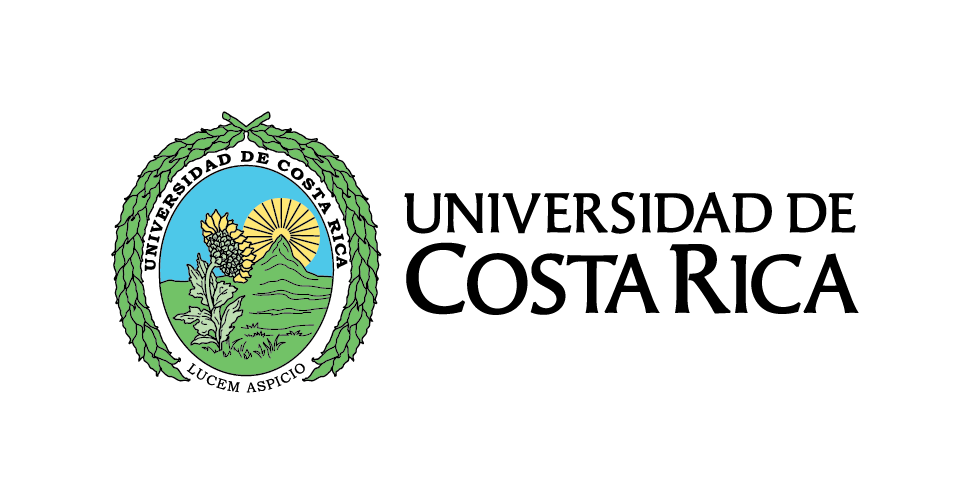Análisis modal operacional de un edificio de concreto reforzado mediante métodos subespaciales estocásticos
The objective of this study is to identify the operational modal parameters of a six-story reinforcedconcrete frame building. This is done through roving sensor instrumentation technique while comparingthe two main variations of the stochastic subspace identification method: covariance-based (SSI-CO...
Guardat en:
| Autors principals: | , |
|---|---|
| Format: | Online |
| Idioma: | spa |
| Publicat: |
Universidad de Costa Rica
2024
|
| Matèries: | |
| Accés en línia: | https://revistas.ucr.ac.cr/index.php/ingenieria/article/view/58127 |
| Etiquetes: |
Afegir etiqueta
Sense etiquetes, Sigues el primer a etiquetar aquest registre!
|
| Sumari: | The objective of this study is to identify the operational modal parameters of a six-story reinforcedconcrete frame building. This is done through roving sensor instrumentation technique while comparingthe two main variations of the stochastic subspace identification method: covariance-based (SSI-COV)and data-based (SSI-DATA) The experimentation is executed in order to contrast their effectiveness toidentify the dynamic system of concrete buildings from ambient vibration tests.The instrumentation of the building was carried out with four triaxial strong motion accelerographs.One stayed fixed on the top floor as a reference node for modal shape merging. The other three were movedfrom floor to floor to recover the operational modal shapes throughout the building at the observationpoints. This resulted in a total of six test configurations that lasted 20 min each.A total of nine modes were identified with the SSI-COV method, with successful merging andrecovering of their complete modal shapes. However, modes could not be identified correctly with SSIDATA,for data collected on the lower floors, so it was not possible to recover the complete mode shapesof the building. In this case, it is concluded that SSI-COV has better capacity for modal identificationfrom ambient vibrations collected via roving accelerographs in buildings. |
|---|

